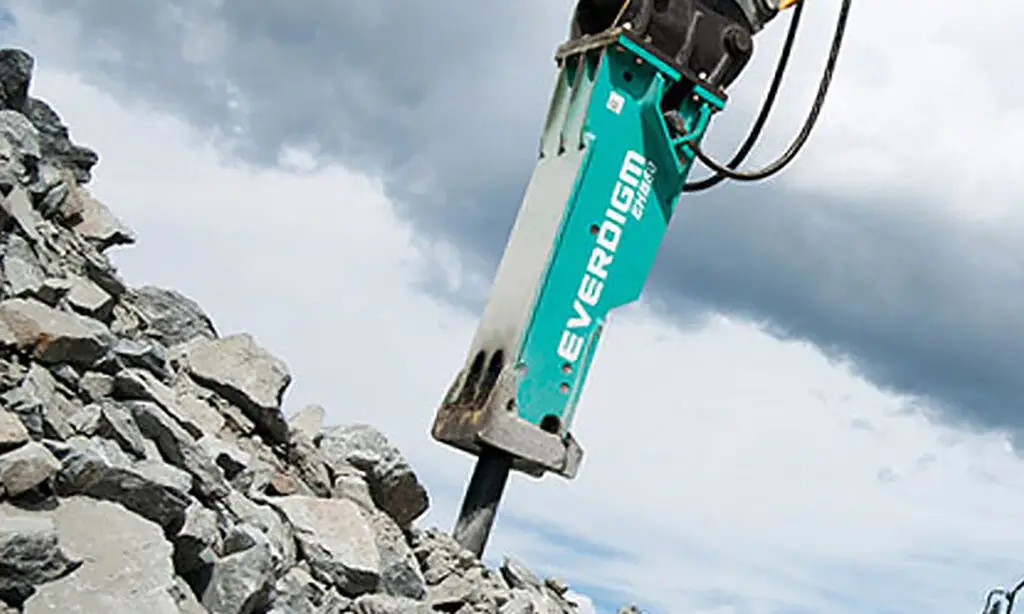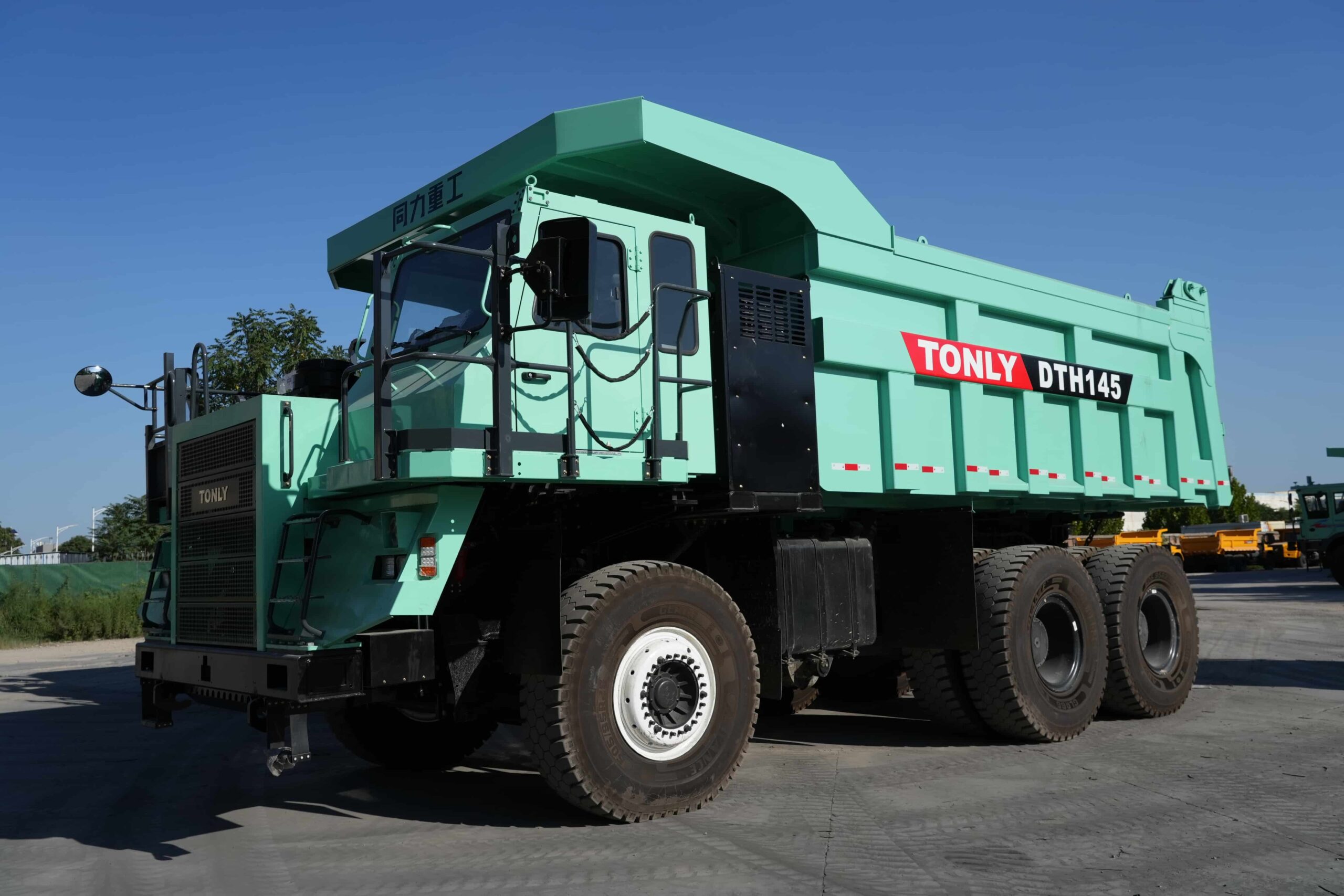A complete Excavator Attachments Guide to the various attachments available for excavators, explaining how each can enhance performance in mining tasks like drilling, breaking, and material handling. Essential for mining professionals seeking ways to increase their excavators’ versatility.
Excavators are one of the most versatile pieces of machinery on mining sites, known for their ability to perform a wide range of tasks. However, their true potential is realized when paired with the right attachments. Excavator attachments enhance the machine’s functionality, enabling it to handle specialized tasks such as drilling, breaking, digging, and material handling.
Why Excavator Attachments Are Essential for Mining
Attachments enable excavators to work in confined spaces, tackle challenging terrains, and carry out tasks with more precision, reducing manual labour and minimizing the risk of injury. Let us take a closer look at some of the most common excavator attachments used in mining and how each can enhance mining operations.
Hydraulic Breakers
Hydraulic breakers, often referred to as hammers, are one of the most used attachments on mining sites.
Benefits:
- Efficient rock breaking: Hydraulic breakers provide a highly effective way to break rocks and minerals into smaller, manageable pieces.
- Improved productivity: Rather than relying on explosives or manual labour, excavators with hydraulic breakers can perform controlled breaking in a fraction of the time.
- Precise control: With adjustable impact settings, operators can control the power and force applied to the material, minimizing the risk of damage to surrounding structures or machinery.
Drilling Attachments
In mining, drilling is often a crucial part of exploration and resource extraction. Excavators can be equipped with drilling attachments, such as augers or rotary drills, to perform tasks like drilling blast holes or test holes to determine material composition.
Benefits:
- Enhanced drilling efficiency: Excavators with drilling attachments can easily drill through various soil types and rock formations with high precision.
- Compactness: Using an excavator with a drilling attachment offers the advantage of mobility, allowing the machine to access hard-to-reach areas of the site.
- Multi-tasking: When used with an excavator, a drilling attachment provides the ability to switch between tasks like digging, lifting, and drilling, all with one piece of equipment.
Grabs and Clamshell Buckets
These attachments are designed to pick up, transport, and dump loose materials, such as soil, sand, gravel, and small rocks. Grabs are especially useful for handling bulk materials like ore or scrap metal, while clamshell buckets can handle a variety of loose materials with more control and efficiency.
Benefits:
- Efficient material handling: Excavators fitted with grabs or clamshell buckets can load and unload materials more quickly than traditional methods, reducing downtime and improving workflow.
- Improved precision: These attachments allow for more control when picking up materials, reducing the risk of spillage and increasing the accuracy of material transport.
- Reduced manual labour: Using these attachments eliminates the need for manual loading, improving safety on-site and reducing worker fatigue.
Rock Grapples
A rock grapple is designed to handle large, irregularly shaped rocks and boulders.
Benefits:
- Safe handling of large materials: Rock grapples are built to safely lift and transport heavy, unstable materials, reducing the risk of accidents and improving worker safety.
- Increased productivity: The design of the grapple allows operators to handle enormous amounts of material in less time compared to traditional methods.
- Versatile use: Rock grapples can be used for tasks such as sorting, piling, and transporting large materials, making them invaluable in a variety of mining scenarios.
Shears and Cutters
Shears and cutters are attachments that are commonly used to cut through metal, rock, and other hard materials. This attachment is particularly useful in operations that involve demolition or processing scrap materials.
Benefits:
- Quick and precise cutting: Shears and cutters provide an elevated level of cutting force, allowing operators to slice through tough materials quickly and accurately.
- Reduced need for explosives: These attachments eliminate the need for explosives in certain situations, providing a safer and more controlled approach to breaking down large materials.
- Versatility in demolition: They are particularly useful for demolition tasks, such as cutting metal structures or processing large scrap metal components.
Screening Buckets
These buckets are commonly used in mining to separate out dirt, small rocks, or other debris from valuable ore or minerals. By filtering materials, screening buckets help streamline the sorting process and increase productivity.
Benefits:
- Improved sorting efficiency: Excavators equipped with screening buckets can quickly sort large volumes of materials, separating valuable ores from waste and improving the quality of the mined material.
- Reduced processing time: With the ability to separate materials directly at the excavation site, screening buckets help reduce the need for further processing and increase the speed at which materials can be processed and transported.
- Cost-effective solution: Rather than investing in separate screening equipment, mining operators can rely on their excavators with screening bucket attachments to handle sorting tasks.
Vibratory Plates
These attachments use vibration to compact material such as soil, gravel, or sand, ensuring a stable foundation for construction or excavation work. Vibratory plates are typically used in tasks such as trench backfilling, soil stabilization, or preparing areas for further excavation.
Benefits:
- Efficient compaction: Vibratory plates provide powerful compaction, ensuring that materials are evenly packed to prevent future shifting or settling.
- Reduced labour costs: These attachments reduce the need for manual labor by automating the compaction process, leading to faster project completion.
- Versatile use: Vibratory plates can be used in a variety of applications, including road construction, trenching, and foundation preparation, making them highly versatile in mining operations.
Tilt rotators
Tilt rotators are advanced excavator attachments that allow the excavator’s bucket or other attachments to rotate and tilt, providing an additional range of motion and improving precision.
Benefits:
- Increased precision: Tilt rotators provide greater control over the angle and rotation of attachments, making tasks like grading and ditching much more accurate.
- Flexibility in challenging environments: The ability to rotate and tilt attachments allows excavators to work more efficiently in difficult conditions, such as working around obstacles or in narrow spaces.
- Reduced need for repositioning: Tilt rotators allow operators to complete tasks without frequently repositioning the excavator, improving overall productivity.
For mining operations looking to expand their fleet, understanding the various excavator attachments available and their potential benefits is a key step in choosing the right machinery. Whether you are in the market for excavators for sale or seeking ways to optimize your current machinery, the right attachments can make a significant impact on the success of your operation.

